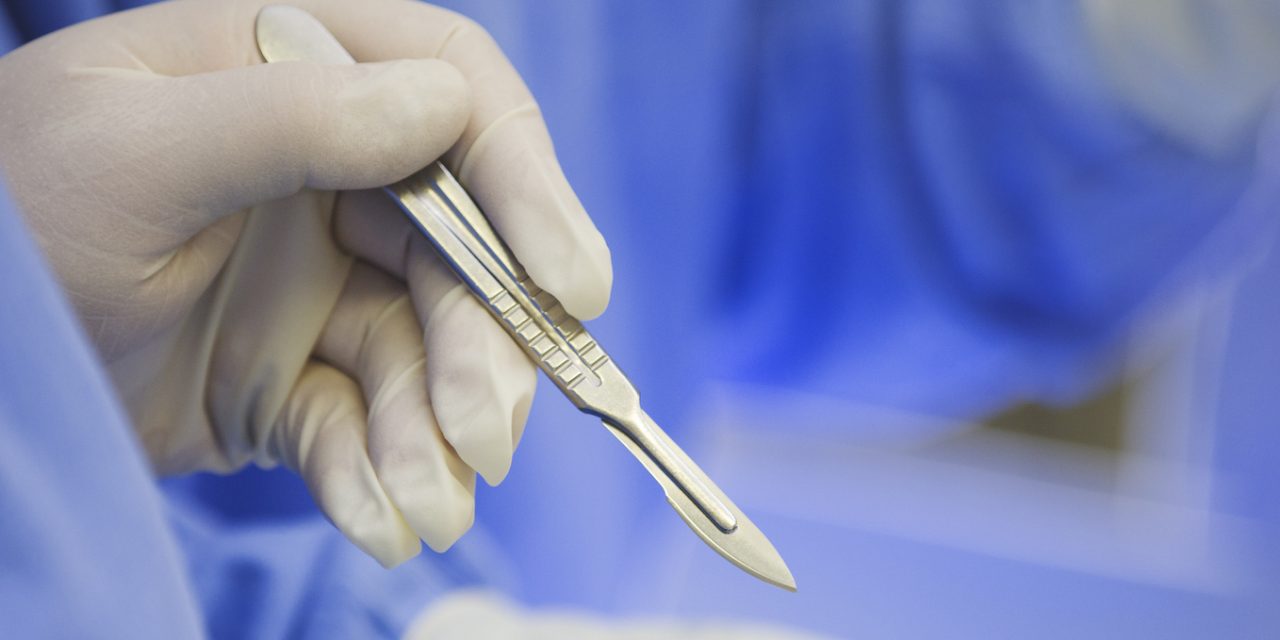To analyze and review the clinical features and main outcomes of laminar resorption from the UK osteo-odonto-keratoprosthesis (OOKP) cohort.
A retrospective review of case records was undertaken for patients who underwent keratoprostheses between 1996-2014 at the Sussex Eye Hospital, Brighton, UK. The main clinical outcomes of resorption, including its clinical signs, complications, treatments, and laminar survival, were evaluated.
Sixty-four patients (25-females, 39-males) were included, and in total, 74 laminae (3-tibial, 11-allografts, 60-autografts) were implanted. The age of the patients ranged from 20 to 91 years. Focal laminar thinning was the first sign of detectable resorption in 50% of autografts and 27% of allografts. All the tibial grafts and 55% of allografts presented with complications of resorption like endophthalmitis and aqueous leakage as the first signs of resorption. The survival of first implanted autografts was 82.4%(±6.3%) at 18 years, which was enhanced to 91.5%(±5.0%) by prophylactic exchanges of critically resorbed laminae with new laminae. Visual acuity survival analysis did not reveal a statistically significant difference between grafts with and without resorption for all graft types (p = 0.825). Patients treated with Alendronic acid and acetazolamide demonstrated trends toward the slower progression of resorption, but this was not statistically significant.
Focal laminar thinning was the common presenting feature of resorption in autografts. Timely replacement of the resorbed laminae with new laminae should be considered to avoid complications. Alendronic acid supplementation may be considered in high-risk cases of resorption to reduce further progression.
Copyright © 2021. Published by Elsevier Inc.
Clinical study of laminar resorption: Part 2- outcomes, review and proposal for classification.


